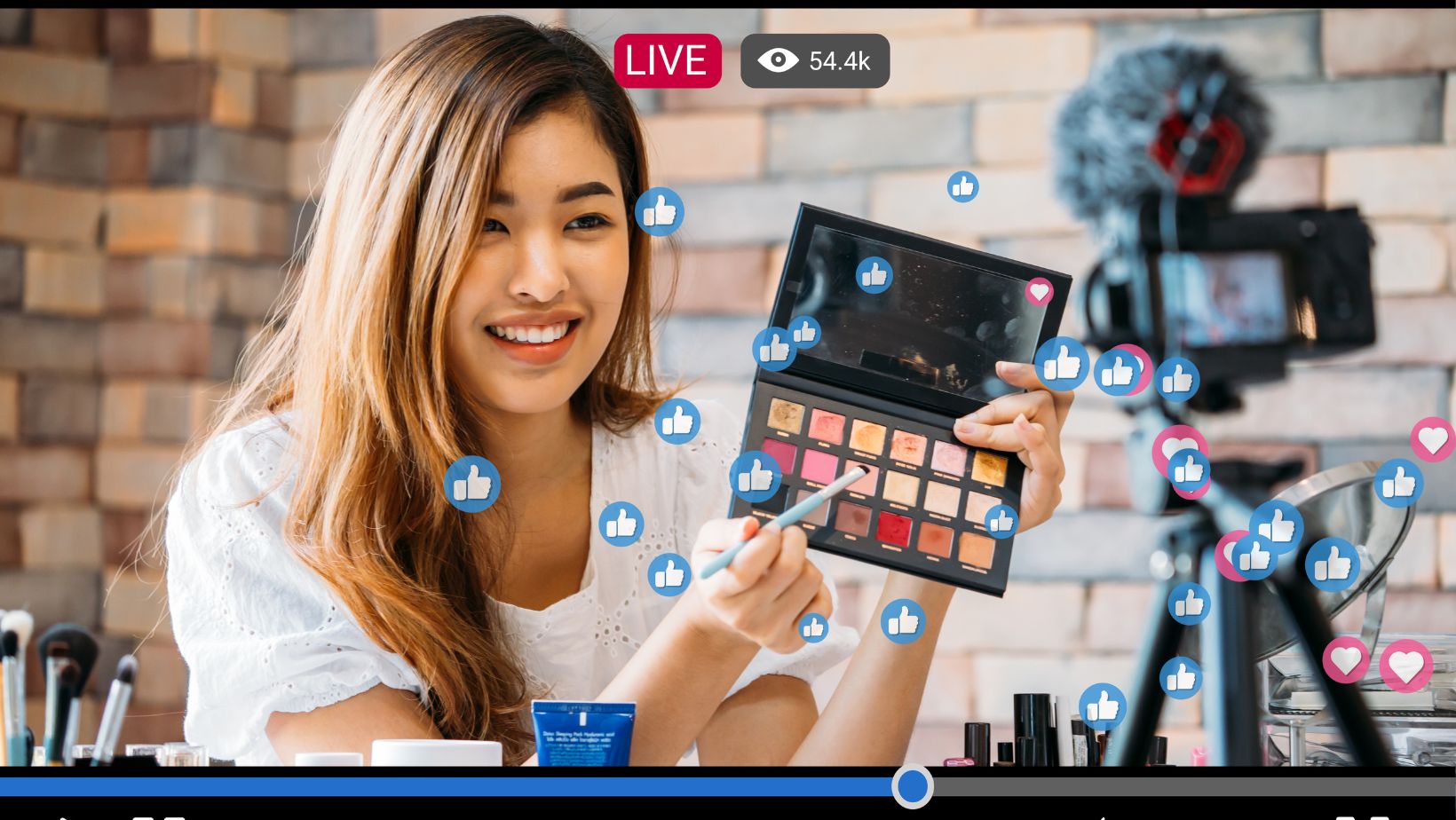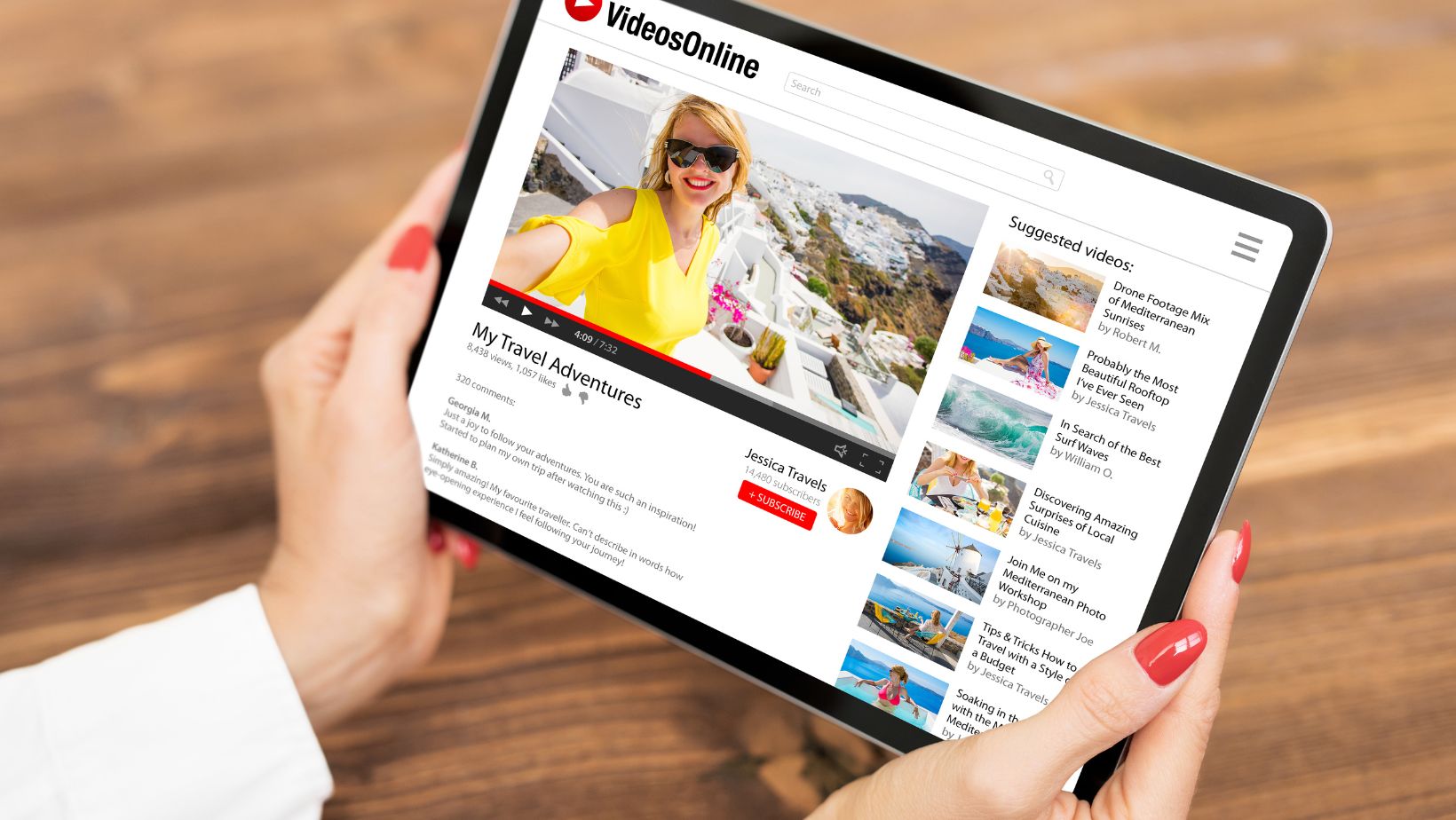A surge in video communication tools, fueled by video streaming development services, has become a catalyst for telemedicine, entertainment, e-learning, fitness, e-commerce, and other online-related businesses. If you want to implement real-time video communication in your product, integrating a ready-to-use solution will be an easy way to follow. However, everything will drastically change if you decide to develop a custom solution for which video streaming is a key feature.
In this article, by Geniusee, we will share our expertise in video streaming app development and integration, explain what communication protocols to opt for, dive deeper into video streaming architecture patterns, and consider a step-to-step guide.
Table of Contents
ToggleVideo Streaming Application Architecture
When developing streaming software, creators need to consider various technical elements beyond the usual programming languages and databases. Before exploring these elements, it’s advisable to reassess your software development objectives and the challenges you wish to address. Note that constructing a live video streaming application entails additional technical considerations, detailed in the subsequent section.
Key Technical Elements for Custom Streaming App Development
1. Queueing System
A streaming app needs a robust queueing system for its processing framework. Apache Kafka and Amazon SQS are noteworthy options for their fault tolerance, secure storage, and efficient geographical distribution of video content.
2. Streaming Protocols
Essential protocols include RTMP for high-definition streaming and WebRTC for real-time communication. RTMP is ideal for transmitting high-quality audio and video, suitable for broadcasting events like conferences or concerts. However, it has a longer processing time compared to WebRTC, which is better for real-time communication and video calling platforms, despite its lower transmission quality.
3. Reliable Storage
A crucial aspect of streaming app development is ensuring reliable storage for distortion-free, failure-free streaming. Cloud services are a recommended choice for their affordability and scalability.
4. Content Delivery Network (CDN)
Selecting an appropriate CDN is vital for stream availability and performance. It ensures content proximity to users, enhancing speed. AWS CloudFront is a notable option used by services like Netflix and AWS Media Live. For real-time WebRTC video rooms, Amazon Chime is advisable, while Agora.io is beneficial for interactive live streams, especially as an alternative to AWS.
5. Media Player
Decide on the platforms for your video streaming—web app, mobile, smart TV, or others. Various options support HTML5 streaming, including open-source software.
Key Considerations for Live Streaming App Development
Developing a live streaming platform requires the same considerations as a video streaming app, with an emphasis on real-time streaming.
Live streaming differs from VoD in that it involves processing and transferring large data volumes over a channel with limited bandwidth, aiming to minimize latency. An ideal delay is under 500 milliseconds for a live stream, though most streams experience a 1-5 second delay. Latency importance varies with content type; it’s less critical for a yoga class than a World Cup match.
Achieving low latency is technologically challenging, requiring data storage across numerous servers worldwide and flawless processing. Despite the challenges, it is achievable.
For live streaming apps, selecting the right streaming protocols is crucial. WebRTC, a browser-based protocol, fulfills the <500 millisecond latency requirement for real-time interaction, including two-way video chat.
Live Video Streaming App Development Process
The journey to developing a live video streaming app is multifaceted and complex. It begins with a clear understanding of the foundational requirements and extends to several critical stages. Let’s delve into these stages to comprehend their significance in crafting a successful application.

Identifying Your Market Niche
In the vast and competitive world of live video streaming, pinpointing your niche is crucial. Conduct comprehensive market research, analyze your competitors, and engage with potential users to understand their needs and challenges. This insight will help tailor your app to uniquely address the needs of your target audience.
Selecting a Monetization Model
The three primary monetization strategies to consider are subscription models, paid apps, or advertisement-based revenue. Choose one or a combination of these models based on your business objectives and the nature of your streaming app.
Choosing the Right Technology Stack
The technology stack for your app includes programming languages, media processing platforms, data management systems, cloud platforms, and more. For instance, use C++ or Java for web apps, Swift or Kotlin for mobile apps, and Amazon EC2 or S3 for cloud services. Ensure your chosen technologies support smooth performance even in low-bandwidth situations.
Assembling Your Development Team
A skilled team is vital for efficient app development and deployment. Your team might include a mix of front-end and back-end developers, UI/UX designers, project managers, QA engineers, and more. If you lack technical expertise, consider partnering with a specialized live streaming app development company.
Compliance with Legal Requirements
Adhering to legal and regulatory standards is essential, especially regarding user data protection. Ensure your app complies with regulations like GDPR or CCPA, particularly if you’re handling sensitive user information like financial details.
Incorporating Essential Features
Differentiate your app from competitors by integrating user-centric features. This includes user registration, content discovery, video playback controls, personalization options, subscription and billing management, and offline viewing capabilities. Aim for a balance between user-friendly features and robust admin control.
Focus on User Engagement and Support
Enhance user engagement through interactive features like social sharing, comments, personalized recommendations, and notifications. Also, provide comprehensive support and help options to ensure a seamless user experience.

By meticulously following these steps, you can develop a live video streaming app that not only meets the current market demands but also offers a unique and engaging experience to its users.
Partnering with Geniusee offers you the expertise, innovative technology, and a team of seasoned professionals dedicated to bringing your vision to life. Together, we can create streaming solutions that not only meet market demands but also set new standards in the world of live video streaming. Don’t just be part of the future; shape it with Geniusee. Connect with us and start your journey towards groundbreaking success in live video streaming app development.






